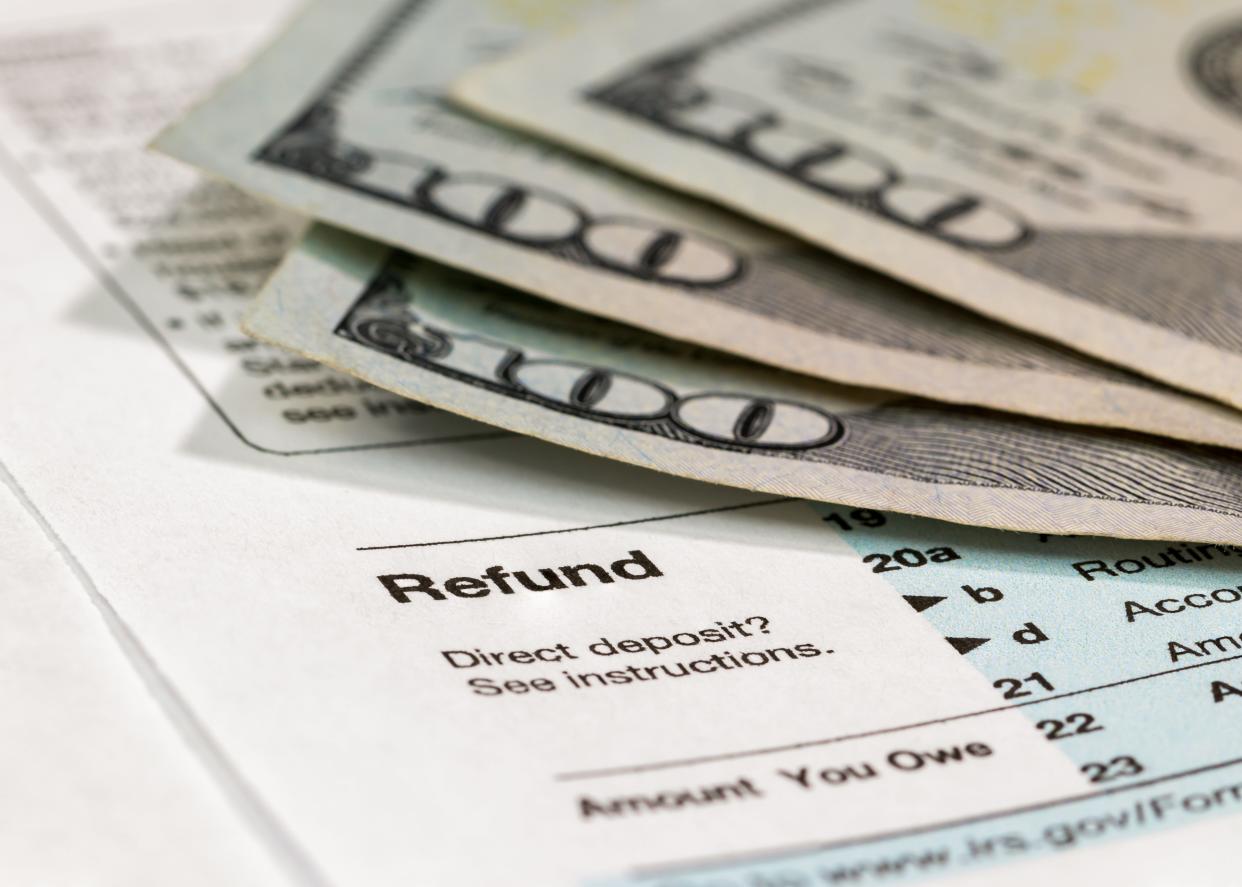High deductible health plans offer employees some benefits and a few burdens

The place where I work added a high deductible health plan (HDHP) to its fringe benefit package. Can you devote a column to the HDHP and explain its components?
— M.S., email
HDHPs have become a popular alternative as a healthcare choice for employers and employees. The major reason is that these plans offer the employee lower premiums. As long as the employee enjoys good health, they win! However, as one's medical service needs grow, out-of-pocket costs will likely be significantly higher than a traditional health plan.
Tax Talk:The EITC: One of the most generous tax credits and the most complex to compute
For 2023, a high deductible health plan (HDHP) features an annual deductible that is not less than $1,500 for self-only coverage or $3,000 for "an employee plus one" (a.k.a., family) coverage. The HDHP annual out-of-pocket expenses do not exceed $7,500 or $15,000 respectively. A taxpayer covered by an HDHP may contribute to a Health Savings Account and deduct up to $3,850 or $7,750 for family coverage plus $1,000 extra if age 55 or older and not enrolled in Medicare.
The above very detailed paragraph leads to benefits and burdens. One benefit is the above-the-line deduction for payments into a HSA. For example, if a married couple, who are both 55 and older and not Medicare enrollees, makes payments into a HSA of $8,000, the federal tax savings (assuming a 22% marginal tax bracket) is $1,760. Because the couple's Adjusted Gross Income is reduced, their state income bill (using a 5% rate) will be trimmed by $400.
Another positive of the HSA is the money in the account grows tax-free and does NOT have to be used in the year of payment, unlike flexible spending medical plans which either require spending and reimbursements to mirror one another or restrict the amount of carryover from one year to the next.
Farm and Food:Paltry fine proves what — not who — we truly value
Another piece of good news is distributions from a HSA are tax-free if they cover medical expenses eligible for itemized deduction treatment PLUS other items such as over-the counter medicines, menstrual care products, and out-of-pocket costs whose primary purpose is to prevent the spread of COVID-19 (e.g., masks, personal protective equipment and hand sanitizer). Also, employers can make tax-free payments into a HSA. Finally, the HSA is "portable," meaning it can move with the employee to a subsequent job.
One burden of the HSA, as the second paragraph demonstrates, is that it can involve a cumbersome calculation. IRS Publication 969 — Health Savings Accounts and Other Tax-Favored Health Plans — and the instructions for Form 8889 provide help in dealing with this drawback. Other drawbacks surface when a taxpayer contributes too much to a HSA or withdraws funds not used to pay qualified expenses. Excess contributions (which can involve employer contributions) become income and may be subject to a 20% excise tax. So it’s prudent to check your HSA status during the year to determine you are not contributing too much while there is time to correct the situation. Note: HSA provisions allow for exceptions to this additional tax tied to excess contributions.
If money is withdrawn for other than qualified expenses, it is included in gross income and is subject to an additional 20% tax unless an exception is allowed. The most common exceptions are distributions made after the account beneficiary dies, becomes disabled or turns 65.
Good for business, good for community:Chamber speaker urges business leaders to get involved in solving community problems
We made a decision (driven by the space constraints on TAX TALK) not to discuss the last-month, deemed distributions and failure to maintain HDHP coverage rules.
Ken & Klee's Tax Notebook — FinanceBuzz, an informational financial planning website, recently polled 1,500 individual taxpayers about their 2023 filing of taxes for 2022. A few highlights of their findings:
Only 40% of Americans who think they will owe taxes indicate they have enough money in their bank accounts to cover their anticipated tax bills.
Among people who plan on receiving a refund, 37% are expecting a smaller refund than last year while 34% anticipate a larger refund.
Twenty percent of folks with "side-hustle" income say they don't plan to report it on their tax return.
Early birds, 58%, planned on filing their returns before March 1.

Rick Klee served as the tax director at the University of Notre Dame from 1998 through August 2019. A retired CPA, Klee is a graduate of Notre Dame. You can contact him at rklee@nd.edu.

Ken Milani is a professor of accountancy at Notre Dame where he served as the faculty coordinator of the Notre Dame Tax Assistance Program. Contact him at milani.1@nd.edu.
E-mail questions to either.
This article originally appeared on South Bend Tribune: Benefits and burdens of a high deductible health plan

